
The revving revolution goes on
In 1988 the women of Sydney found their voice, and it came in the form of eight rumbling motorbikes thundering their way down Oxford St, emitting a rebel yell that 20 years on still rings out.
That rebel yell proclaimed the arrival of Mardi Gras and the undeniable power of women united under the banner of Dykes on Bikes.
It has not always been the case that the guttural roar of the Dykes on Bikes managed to elicit such Pavlovian responses. There was much initial resistance to the idea from the then male-dominated Mardi Gras organisation. It is only thanks to the determination and persuasiveness of three women -” Kimberly O’Sullivan, Cath Phillips and Deb Thompson -” that the girls were even given a space in that first year.
The first president of the Dykes on Bikes, Deb Thompson, recalls, It was hard to get involved with the Mardi Gras back then.
There was an all-male committee and president so you really had to push to get in.
It was at the Playground club where ideas between the women started circulating to form a group, based on the San Francisco Dykes on Bikes, to challenge that male dominance over Mardi Gras.
Deb Thompson says in retrospect there could have been no way to predict just how huge the organisation would become.
Are you kidding? At the start I think we had between 16 and 20 girls interested, that in the end turned out to be eight girls who took part in that first parade, Thompson recalls.
I can remember every single girl who was part of that first parade -” except maybe one or two. Some of us knew each other and some didn’t. As we were getting ready there was a lot of -˜oh hi, how long have you been riding?’ It was a real eye-opener just to see that there were other dykes around who actually rode bikes.
Any prior doubts that might have existed in the minds of the women or Mardi Gras organisers that day would have quickly faded to memory as the girls hit the bitumen to the sounds of rapturous applause.
We got to the end and just said, -˜We want to go back and do it again.’ It felt like you were on stage, with thousands of people just screaming and yelling at you and we just kept revving the hell out of the bikes and playing up something terrible, Thompson remembers with an excited tremor in her voice.
It was a debut that was to leave a grand impression on all, including the gay press, who reported the presence of 50 women on bikes, a mistake Thompson chalks up to the overwhelming sense of excitement.
I think they hammed it up because the crowd had just gone crazy. I mean, it was totally unexpected. Everyone just thought it was going to be another typical Mardi Gras with leather boys and drag queens and then on came these wild women.
By the end of that first ride, the Dykes on Bikes were a solidified institution, with an adoring public and a determination to return the following year.
The club’s current president, Neddy Mesure, says even now the level of exhilaration that comes from riding up the drag still remains the same.
The first time you do it, it’s better than sex. The most amazing outpouring of acceptance, support and encouragement comes from the crowd that’s seemingly directed at you. It’s mind-blowing.
In 1989 the Dykes on Bikes returned with more than twice as many girls, not only to take part in the parade but to lead it.
Thompson says the move was merely one of necessity.
I had gone to Mardi Gras and just told them, we need to be at the front because all of this stopping and starting is stuffing up the girls’ bikes. It was the only reason we went up front. We didn’t really care, it’s just that bikes aren’t meant to go slow, Thompson says casually of the group’s ideologically and physically prominent positioning.
From this vantage point, as yearly ringleaders for the parade the Dykes on Bikes were able to stay at the forefront in more ways than one. It was the Dykes on Bikes who first portrayed same-sex marriage, who were always the first to take advantage of the party atmosphere by dressing up, donning leathers and even importing a series of tuk tuks (three-wheeled motorbikes used in Asian countries) to zoom up the parade route.
For Thompson though, the finest memory is not of a parade, but of the series of achievements the club made in 1993. It was the first year that Dykes on Bikes managed to expand to over 100 entrants. It also marked a definitive turn in relations between DOB and the Mardi Gras organisation as the Dykes on Bikes took home the official prize for best non-commercial community group.
That was huge for me, Thompson says with obvious emotion.
I ended up having to get dressed up and go to these awards. I’m pretty sure that we were the first all-female community group to receive anything and just that acknowledgment was so huge. It was acknowledgment for the fact that we’d done ourselves proud and created something that had basically gone down in history.
It’s a sense of recognition which has now extended worldwide, Mesure says.
The Dykes on Bikes has continued to be one of the most identifiable groups of any pride march around the world. It’s a symbol of female empowerment and women’s rights while also maintaining that sisterhood side of feminism -” looking out for each other.
Unfortunately, it’s a sense of sisterhood that Thompson says was sadly lacking during her time with the organisation.
It’s great to see that it’s run more as a club now. That’s what I wanted, right from the start, but it just seemed like it always ended up being that you’d all get together once a year and then not see each other again till the next parade.
It’s a markedly different experience from Mesure’s and the other girls’, who now have the opportunity to take part in a whole range of events, rides and trips away.
In the beginning it was totally the friendships that drew me to the club, Mesure says.
Finding like-minded women at the Leichhardt Hotel -” may she rest in peace -” began a network of extended family members. Now as a rider and committee member, being part of the decision-making and club’s direction has become one of the most important things in my life.
It’s a sentiment which is echoed by Thompson, even 13 years after leaving the organisation. It played just as integral a part in her development as she did in its growth. After serving eight years as president, Thompson has a few negative memories -” of being ousted from the group after a disagreement over money and the design of an official badge -“ but says there could have been nothing that would have kept her away from this year’s 20th anniversary ride.
It was such a proud moment this year. I can’t believe it’s been 20 years and how much we managed to do in that time, Thompson says.
Dykes on Bikes started a revolution that made it acceptable for women -” straight and lesbian -” to go out and buy bikes, because they’d seen this group of women who rode bikes in a parade, and it was fun and sexy and everyone just thought, -˜Well, if they can do it, why can’t I?’
I feel that we made a lot of difference to a lot of women. I think we made a huge contribution to that attitude of -˜we can do things’. I mean, just the fact that we were in a parade and got on TV did so much to challenge those notions of what a woman was supposed to do and those traditional female roles. It also created a passageway for other women in other areas who wanted to be visible and out and proud and wanted to say, this is our organisation and we want to celebrate our sexuality too.
For Mesure as well, it was an undeniably emotional moment to take part in the landmark parade this year.
At the end of that 20th parade, as all our bikes were riding through the finish, I was standing alongside Deb Thompson and Nic -˜Diesel’ who was president in 1998 and I think we all got a bit teary. It’s not very butch, but from eight bikes to 250 -” who would have believed it?


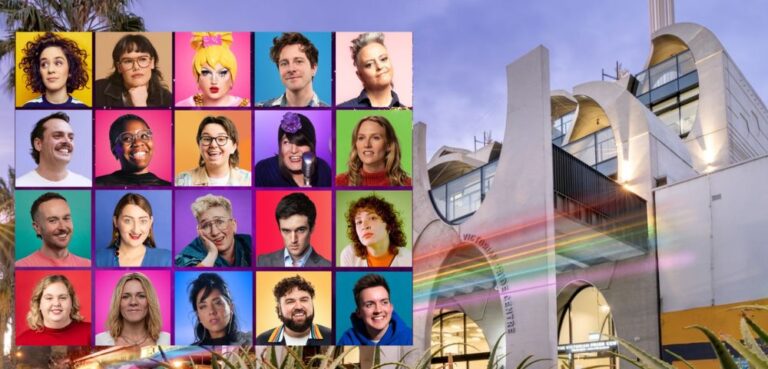
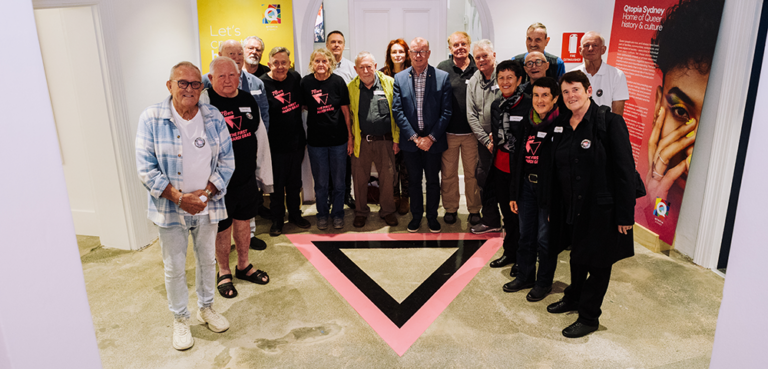

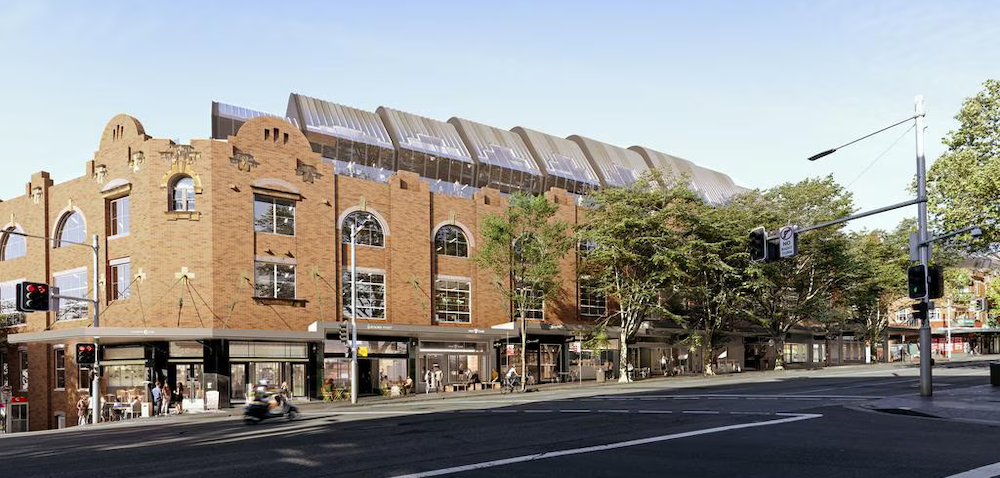
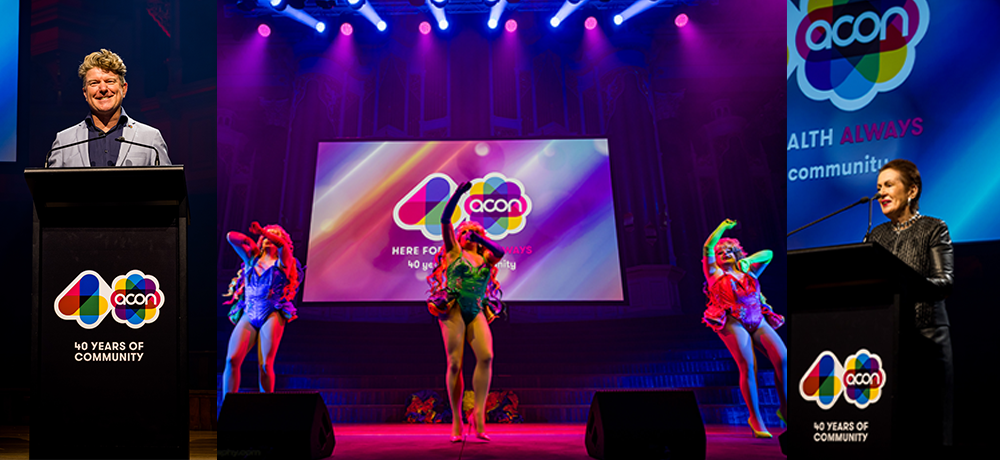
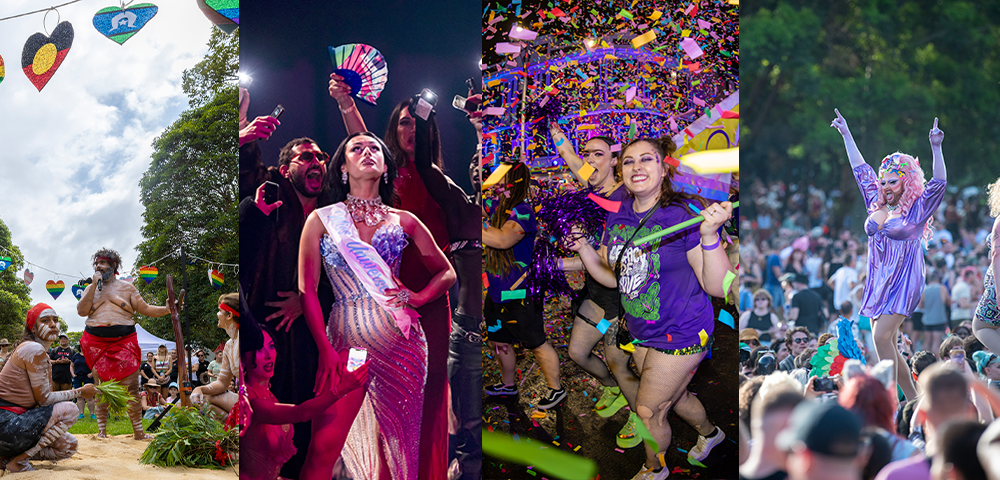
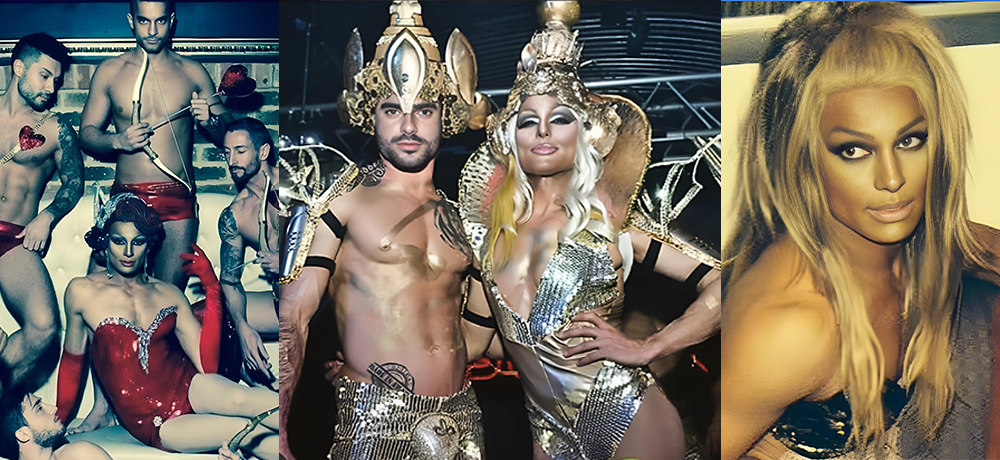
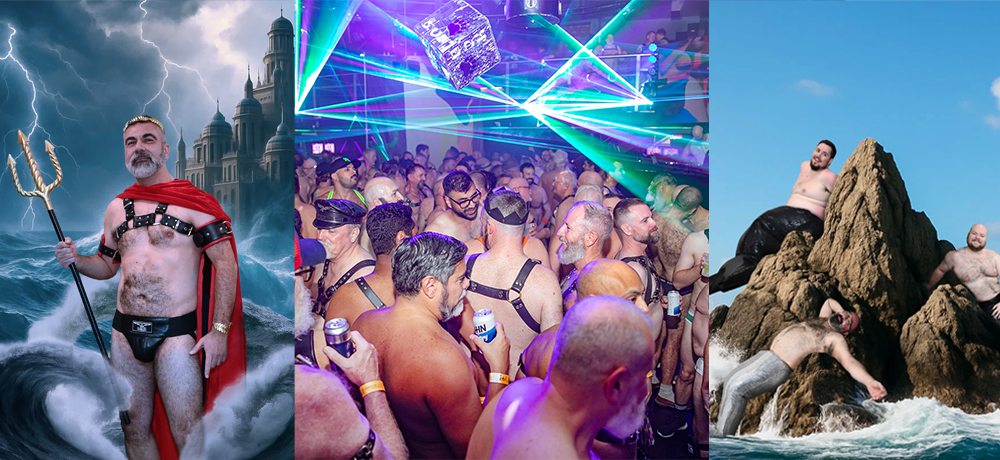
Happy birthday girls!! Here’s to another 20 years!!
I joined DOB’s after my return from living in England 11 years ago. I rode all over the UK & parts of Europe on various bikes, my favorite being a BMW 1100cc! I didn’t go to any events except the Parade until 8 years ago because I was shy & frankly, a little bit frightened of these ”butch” women? I now realise that was stupid! They’re a great bunch & will welcome new members, especially those that attend some events, with open arms?
I survived a stroke at 48 in Oct, 2004 & had a visit from the then President Janet & a few other members. All though I was very ill, it cheered me up & I appreciated their effort! Although driving, I can’t ride a 2 wheeler anymore but am looking into a 3 wheeler {which has never been done by a stroke survivor….yet!}?
Stay Upright! Julie.
I was a member of DOB for 3 years before I actually went to any event or even spoke to anyone. A little bit of scared, a little bit of shyness. I was new to bikes, I didn’t want to look stupid. Wasting that 3 years was the most stupid thing I did I think. I finally spoke to someone, ended up at a weekend away, within 6 months I was voted in on the committee of DOB as the Media Officer. A new website, some fancy videos and picture slides here and there, I think I wowed them with my Gizmology.
My first Mardi Gras was 2004. It rained…. all day. I think I was officially drenched to the bone. I was scared, nervous, excited. When it came to ride, the rain stopped. The screaming, cheering, the noise. It was overwhelming, phenomenal. It is the best feeling, but to tell you the truth, it didn’t really hit hard until after I got home, showered and changed and headed out to the after party that it just hit me like a shock wave. Each year is still exciting, but the first is obviously the most overwhelming.
Since then, the weekends away, the day rides, the charity rides, it’s all great. I decided to give the top job a go and was President in the 19th year (2006-2007). Unfortunately work commitments over ruled after this first year as President and I had to leave the committee all together, but still remaining in spirit as the Webmistress :).
These guys are great, whether they turn up to one event or all the events, the sense of being in a collective group of sisters/women/riders/friends is fantastic.
I watched the parade for years before I finally became involved. I walked with BGF, then I was a marshall and finally I got to ride on the back of a bike with the DOBs. The first time I travelled down the parade route as part of this amazing group of women I thought that nothing would ever be able to top the sensation. I was wrong.
After hanging around with these girls for quite a while without having a bike licence I decided it was time to pull out my finger (figuratively) and get on board. 2008 I rode by myself (and I got to travel up and back). I doubt anything can surpass that feeling of excitement, nervous tension and ego stroking adoration. It felt like everyone was cheering just for me – I can only assume this is how a rock star feels.
Althought I love the buzz of the parade it is even more important that I get to spend the rest of my year with these wonderful women on day rides, weekends away and special events like the Black & White Ball.
Dykes on Bikes may be covered in black leather but they have hearts of gold.
My first memory of the DOB was in 2000. It was then that I first joined the DOB in the Mardi Gras parade. I was terrified seeing all these woman dressed in leather standing there wondering who I was. I nervously positioned my bike praying that i wouldn’t drop it. I think I would have died if I did. I really felt like a baby dyke. The best part of the parade is riding through the streets of Sydney. There is a oneness riding with my sisters. A feeling that I have never felt before. You think that that is the best bit but then it gets even better. The screaming crowds and the noise of the engines revving down Oxford Street is like nothing else i have experienced.